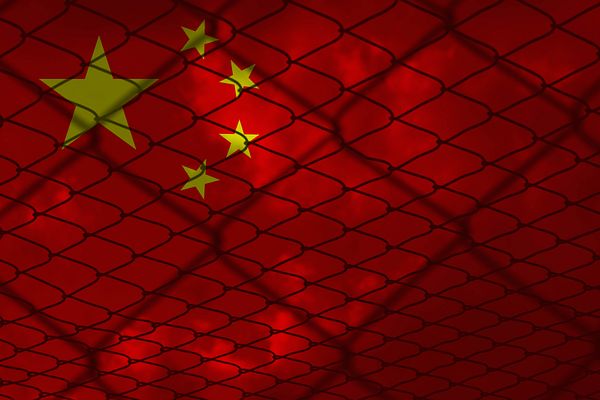India is plagued with serious geopolitical challenges from China, the White House said while releasing the Indo-Pacific Strategy report. China’s coercion and aggression are acute along the Line of Actual Control with India, it said.
The Biden Administration has released its long-awaited Indo-Pacific Strategy report on 11 February, outlining how it plans to deal with the increasing adventurism of the Chinese Communist Party (CCP) and to better secure and improve the region for the international community. It outlines the President’s vision to firmly anchor the United States’ position in the Indo-Pacific, strengthen the region and support India’s rise and regional leadership in the process.
The document further said that as it continues to build its strategic partnership with India, the US will contribute to a free and open Indo-Pacific, a region where China confronts the US and other countries. The strategy plan said that the US would steadily advance our major defence partnership with India and support its role as a net security provider.
In an associated statement, the White House said that interest in the region from partners and allies was converging and that the realm would play a critical role in the future development of the US both economically and diplomatically.
“This convergence in commitment to the region, across oceans and across political-party lines, reflects an undeniable reality: the Indo-Pacific is the most dynamic region in the world, and its future affects people everywhere.”
The 12-page strategy overview, as such, focuses on five key concepts: That the Ind-Pacific ought to remain free and open, connected, prosperous, secure, and resilient. Across these concepts, the strategy outlines various broad actions that the Biden administration intends to take in the region, including a plethora of investments in democratic institutions abroad and efforts to ensure that commons such as the skies and seas are navigated under international law.
The strategy centres on the United States’’ intent and continued ability to leverage its relationships with partners and allies in the region to counter growing adventurism from China.
“The PRC is combining its economic, diplomatic, military, and technological might as it pursues a sphere of influence in the Indo-Pacific and seeks to become the world’s most influential power. The PRC’s coercion and aggression span the globe but it is most acute in the Indo-Pacific,” the strategy reads, referring to the country’s official name, the People’s Republic of China.
“Our collective efforts over the next decade will determine whether the PRC succeeds in transforming the rules and norms that have benefitted the Indo-Pacific and the world.”
The statement is important for clearly defining the CCP as the foremost challenge in the region, and stating plainly that the administration considers the competition between the two nations as nothing less than a battle between differing visions for the future of the global order.
“We recognize the limitations in our ability to change China, and therefore seek to shape the strategic environment around China by building a balance of influences that advances the future we seek, while blunting Beijing’s efforts to frustrate U.S. objectives and those of our partners,” a senior administration official said during a press conference.
The official pointed out, however, that the document did not cover the administration’s entire China strategy, however, but presented its vision for further securing the region.
“This is not our China strategy. This – you know, we very clearly identify China as one of the challenges that is – that the region faces and, in particular, the rise of China and China’s much more assertive and aggressive behaviour,” the official said. “But, you know, our China strategy is global in scope. It recognizes the Indo-Pacific as a particularly intense region of competition,” he further added.
The official turned to the QUAD as the vehicle for promoting strategic cooperation with India. “Obviously, India’s role in the Quad, I think, is a very significant element of that, including the much-enhanced ability to speak frankly about issues in the region; to work together to deliver, you know, essentially, public goods that address, you know, challenges in the region, and to enhance ways in which we can coordinate,” he observed.
The strategy document promised to “bring together our Indo-Pacific and European partners in novel ways, including through the AUKUS partnership”.
“We will foster security ties between our allies and partners in the Indo-Pacific region and beyond, including by finding new opportunities to link our defence industrial bases, integrating our defence supply chains, and co-producing key technologies that will shore up our collective military advantages,” it added.

Leave a Reply